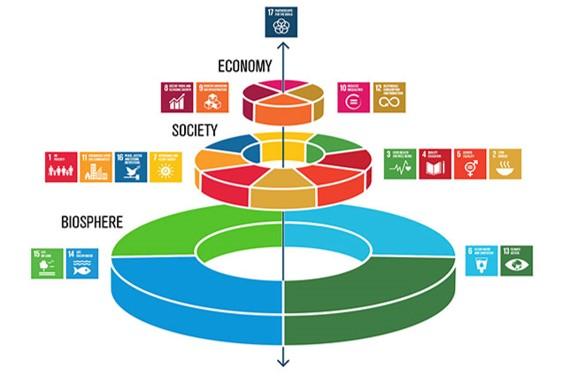
Webinar - Deriving indicators from the SEEA EEA
The objective of the indicator workstream for the Natural Capital Accounting and Valuation of Ecosystem Services (NCAVES) project is to develop a systematic and consistent approach on the use of SEEA accounts to derive sustainable development indicators for national and global reporting purpose. By demonstrating the usefulness of the SEEA accounts to derive policy relevant indicators, this workstream contributes to the mainstreaming of the use of ecosystem accounts in national and local level policy-planning and implementation.
To date, a draft working document “Using the SEEA EEA for Calculating Selected SDG Indicators” has been developed to provide an overview of the steps required to implement a national programme of work for indicators, and technical guidance on compiling SEEA EEA accounts for specific SDG indicators (SDG Target Indicators 15.1.1; 15.3.1; 6.6.1; and 11.7.1).
As part of the NCAVES project activities, countries are encouraged to undertake pilot testing of a selected set of SDG indicators using SEEA EEA to the degrees possible, given the different accounts each country is producing. The objective of the testing process is to better understand the feasibility of using SEEA to compile a selected set of SDG indicators and identify the key issues associated with such implementation. The aim is to capture lessons learned and best practices for accounts compilation to improve the technical guidance and support other countries interested in implementing them to calculate the SDG indicators with case study examples
The objective of this webinar is to bring together stakeholders in 5 NCAVES project countries and other interested countries to introduce the testing process and to raise awareness of using SEEA for indicators initiatives at the global and national level. The webinar will also bring together stakeholders from the NCAVES project countries to foster technical exchange.
There are two primary audiences for this webinar. The first are National Statistics offices and other agencies involved in the production and compilation of SEEA EEA accounts and calculating SDG indicators. The second are the line ministries and other organizations who have responsibilities for delivering on a countries goals for sustainable development. These stakeholders are key to the development of SEEA EEA accounts and have an essential role in their institutionalization, resourcing and articulating the needs and priorities for specific accounts and related indicators.
Agenda
Chair: Bram Edens, United Nations Statistics Division
- Introduction of NCAVES indicator workstream (Julian Chow, United Nations Statistics Division)
- Update on the Indicators for the Post-20202 Global Biodiversity Framework (Markus Lehmann, Convention on Biological Diversity)
- Aggregate and indicators from SEEA EEA (Julian Chow, United Nations Statistics Division)
- Using SEEA EEA to compile selected SDG indicators (Steven King, UN Environment World Conservation Monitoring Centre)
- South Africa’s experience in testing SEEA for selected SDGs indicators (Jane Turpie, University of Cape Town)
